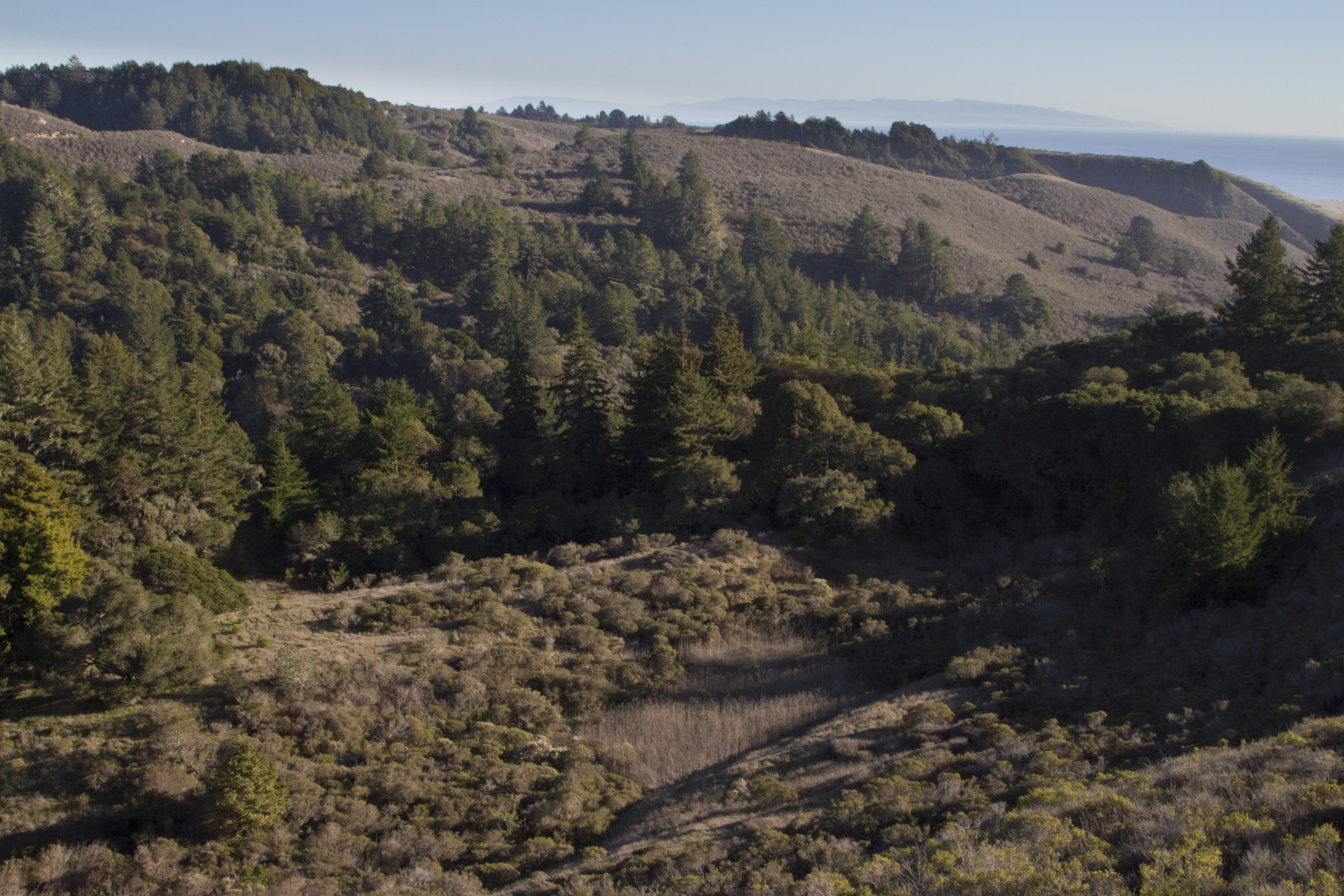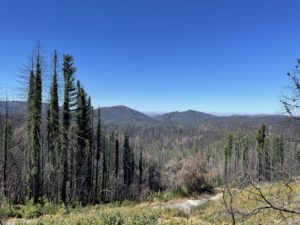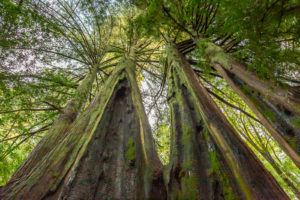The Coast Dairies property, which spans the so-called “Slow Coast” north of Santa Cruz, has fallen into limbo since it gained protection in 2006.
Funding shortfalls at the U.S. Bureau of Land Management (BLM), which is in charge of the 5,848-acre property, has stalled public access to the former dairy ranch, once the third-largest privately held piece of the California coast from San Francisco to the Mexican border.
For more than a century the land has been closed off to the public. But conservation groups are hoping to speed up public access and species protections on the site by granting it a new designation as national monument.
Supporters hope that putting Coast Dairies — which would be renamed the Santa Cruz Redwoods National Monument — on par with Muir Woods and Natural Bridges could turn on the spigot for federal funding and private donations. Supporters launched their campaign last week with an event in Santa Cruz that featured former Secretary of the Interior Bruce Babbitt and Congresswoman Anna Eshoo.
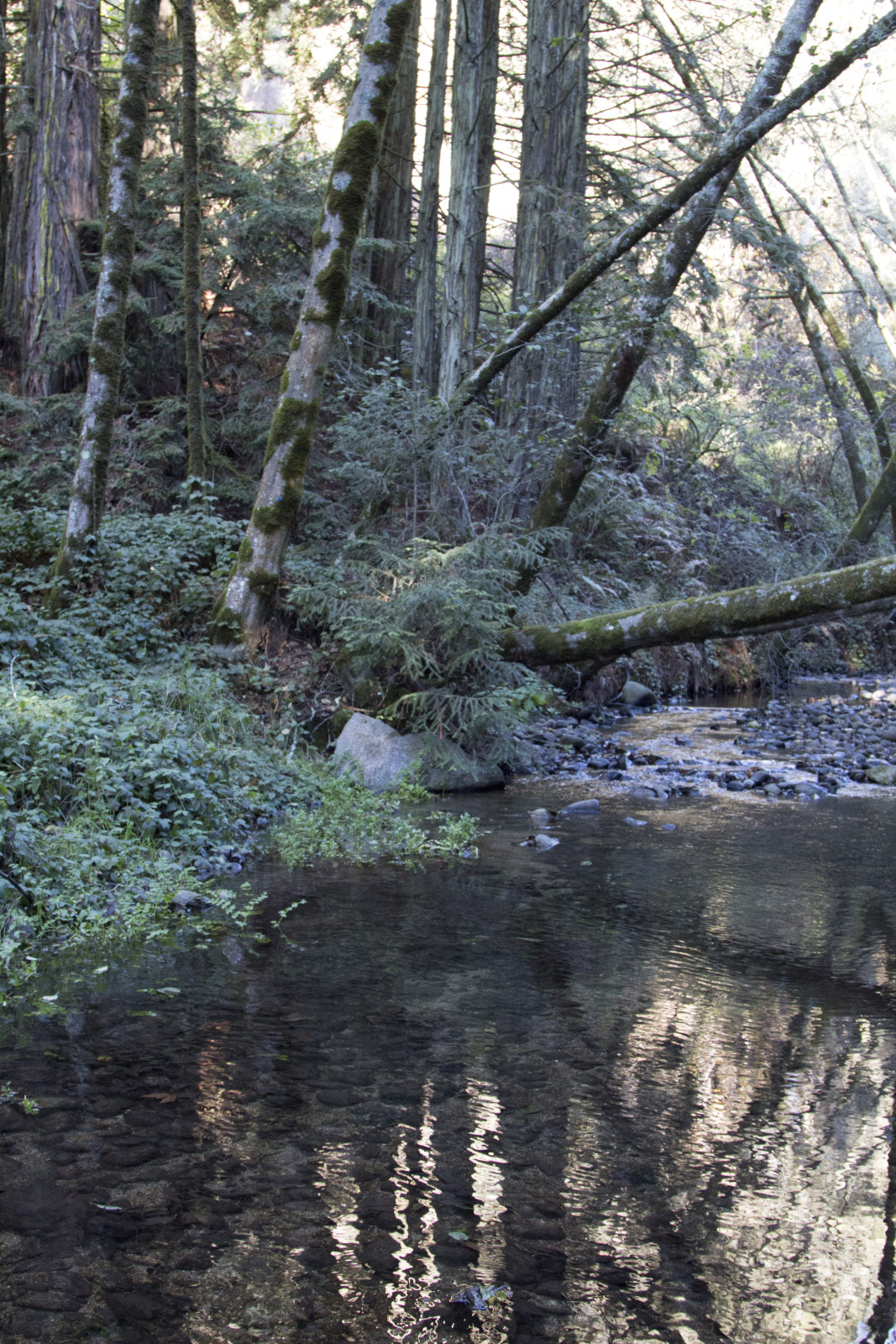
“Without monument status, the property may take much longer to open. With it, new trails, invasive species removal, interpretative signage, picnic sites, and increased ranger resources will enhance the property’s natural attractiveness” says Steve Reed, campaign manager of Friends of the Santa Cruz Redwoods group.
Reed is a Santa Cruz port commissioner and former campaign manager for Santa Cruz county supervisor Bruce McPherson. He’s leading the Friends of the Santa Cruz Redwoods group, which was seeded with a $50,000 donation from Sempervirens Fund, to gather support for the monument.
Coast Dairies spans stream-carved canyons, wide grasslands, steep tree covered hillsides, verdant forests, and rocky seaside bluffs. In 1998, the land was on the verge of being developed into a 139-home luxury subdivision. This prompted Save the Redwoods League, a San Francisco-based nonprofit, to negotiate an alternate purchase.
The Coast Dairies property was then transferred to the nonprofit, Trust for Public Land, which donated about 400 acres of beach from the property to the California state parks department and passed the rest of the land to the U.S. Bureau of Land Management. Valued at $40 million, it stands as the second most valuable property ever gifted to the U.S. government.
The BLM has plans to eventually open wide parcels to the public, and a few months ago began giving guided tours. However, in recent years budget shortfalls have slowed deployment of wider public access plans, although the agency has requested funds for Coast Dairies in the federal 2015 budget.
The Coast Dairies boundary hosts a number of charismatic species, including the largest native frog in the western United States (the California red-legged frog); a rat that builds structures 5 feet tall and 8 feet wide (the San Francisco woodrat); a puffin-like seabird bearing a distinct horn on its orange beak (the rhinoceros auklet); a bristly yellow flower that weathers merciless drought and smells of tangerine (the Santa Cruz tarweed); and a critically endangered fish quivering on the brink of oblivion (the coho salmon).
But invasive species — pampas grass, french broom, purple and yellow star thistle, cape ivory, hemlock, and fennel — are also taking a toll on the land’s ecosystems. As a national monument, the property would be eligible for federal funding to eradicate non native species. Monument status would also pave the way for specially designed trails for mountain biking, hiking, and horseback riding.
“These improvements may be costly, and could exceed BLM budgets” says Reed.
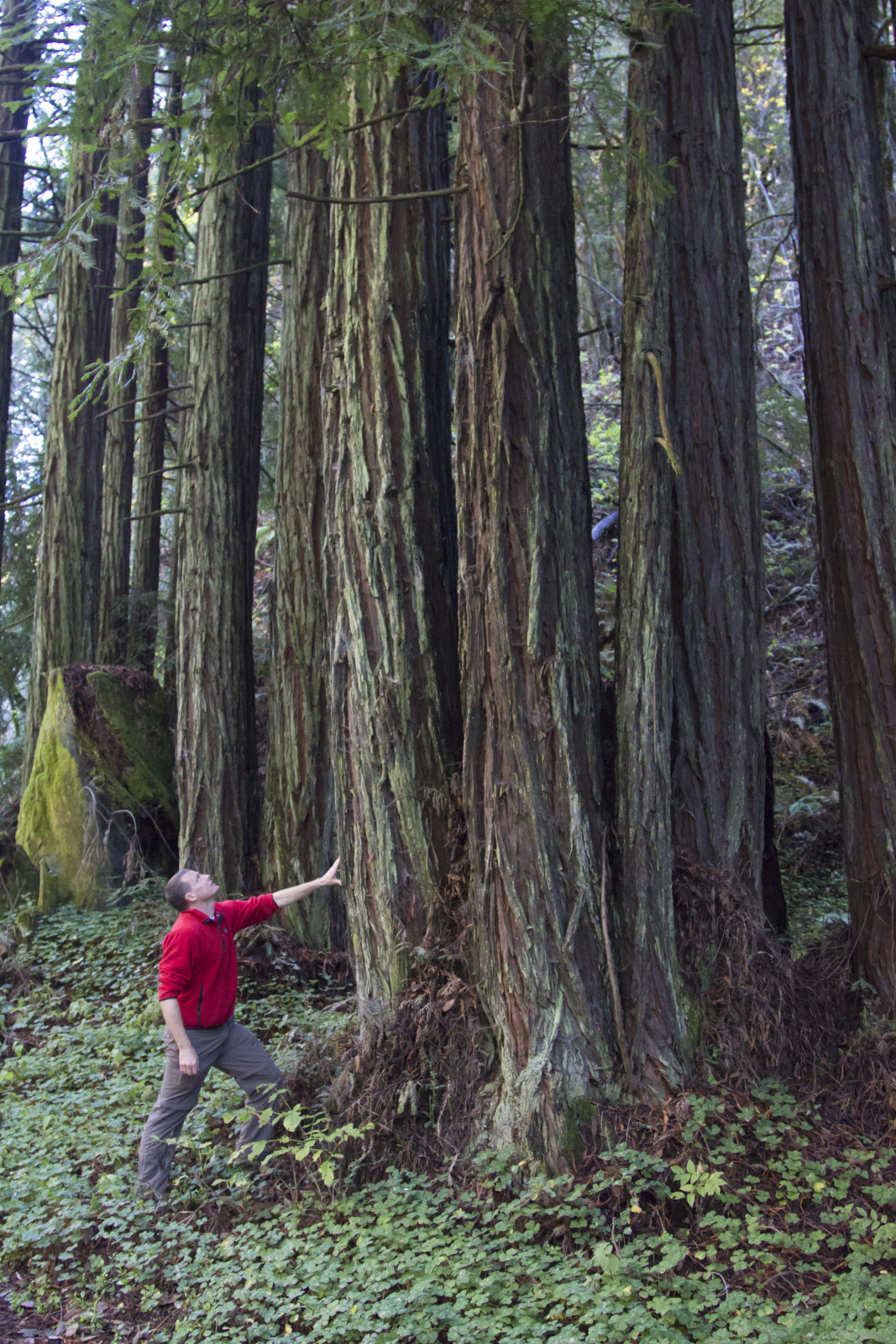
Friends of the Santa Cruz Redwoods has raised money through donations and grants for such improvements, but national recognition usually brings about a certain cache. If President Obama grants the status, this would be the fourth national monument designated in California in the last three years, following the 2014 establishment of the San Gabriel Mountains National Monument and 2012-designees, Fort Ord and Cesar Chavez National Monuments.
To date, Obama has designated 13 such monuments around the U.S., protecting a total of 260 million acres of land. Despite GOP opposition, Obama recently proclaimed: “We are looking at additional opportunities to preserve federal lands and waters and I will continue to do so especially where communities are speaking up.”
Speaking up is what the property’s rural neighbors are doing, although they have their own take on the matter. Ted Benhari, chairman of the Rural Bonny Doon Association said his group is not opposed to a national monument on its doorstep, but an increase in visitors to the area must be met with resources to cover the extra work of local fire departments, law enforcement and trash collection.
Then there’s the issue with the name.
“We think that the name, Santa Cruz Redwoods, is misleading and designed solely to further the effort to declare it a national monument,” said Benhari. “The property has relatively few redwoods — only about 10 percent of its acreage. Visitors expecting that will be disappointed. Most of it is coastal chaparral.”
In fact, the property will need to undergo what can be a lengthy process of environmental review and traffic impact assessments before the public steps foot on the land. The public needs to get involved to make this happen, said Steve Reed.
“The campaign will need volunteers to gather petitions, advocates to talk face to face with neighbors, and parents to help organize school events,” he said. “We’ll keep our fingers crossed that working together with BLM and the community will keep this momentum going.”
Reed believes this process will generate heightened consciousness and appreciation for the monument in the Santa Cruz community in the years to come.
“The next generation of conservationists will have an increased sense of commitment and a special relationship with the Santa Cruz Redwoods National Monument because they were asked to support it before it became federally protected and publicly accessible.” Reed says. “Kids will learn how important community activism is.”
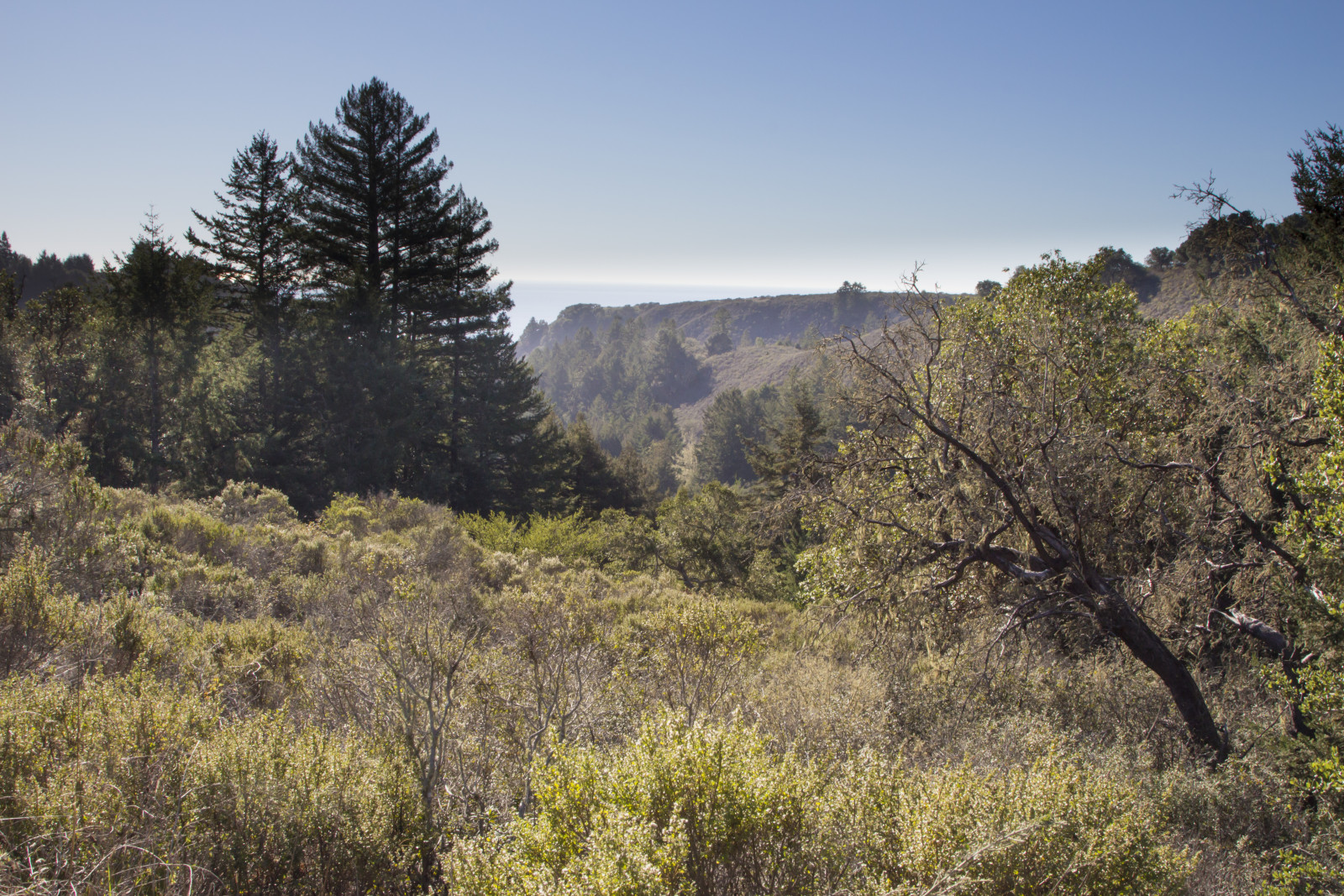
Kaitlyn Kraybill-Voth is a Bay Nature editorial intern.

